Understanding Inkjet Printers
Before delving into the specifics of DTF printing, let’s briefly review what an inkjet printer is. Inkjet printers are a common type of printer that works by spraying tiny droplets of ink onto paper or other media to create text and images. These printers are widely used for home and office printing, as well as for creative projects like photo printing.
Inkjet printers come in various types, including:
- Dye-Based Inkjet Printers: Use water-soluble dye-based ink for vibrant colors but less durability.
- Pigment-Based Inkjet Printers: Use pigment-based ink, which offers better longevity but may lack the same level of vibrancy.
- Wide-Format Inkjet Printers: Designed for large-format printing, often used in professional settings.
While inkjet printers are versatile and affordable, their design and ink types are not optimized for the unique requirements of DTF printing.
Why Inkjet Printers Are Not Ideal for DTF Printing
Using an inkjet printer for DTF printing is not a straightforward solution due to several technical and practical limitations. Here’s why:
1. Ink Type and Compatibility
The ink used in standard inkjet printers is not designed for DTF printing. DTF requires specialized inks that are compatible with the transfer film and adhesive powder used in the process. Most inkjet printers use either dye-based or pigment-based ink, which do not adhere properly to DTF transfer films or withstand the heat press process.
Additionally, DTF printers often use UV-curable or latex inks, which require specific curing mechanisms (e.g., UV lamps) to solidify the ink on the transfer film. Inkjet printers lack this functionality, making them incompatible with the DTF workflow.
2. Printer Design and Capabilities
DTF printers are specifically designed to handle the unique requirements of DTF printing, including:
- High-Resolution Printing: DTF printers offer precise printing capabilities, ensuring sharp and vibrant designs.
- Compatibility with Transfer Films: DTF printers are engineered to work seamlessly with DTF transfer films, ensuring proper ink adhesion and transfer.
- Curing Mechanism: Many DTF printers include UV curing units or other curing mechanisms to solidify the ink on the transfer film.
In contrast, inkjet printers are not built with these features. Their design focuses on paper or standard media, making them unsuitable for the specialized needs of DTF printing.
3. Transfer Process Challenges
The transfer process in DTF printing involves several steps, including applying adhesive powder and heat pressing the design onto the substrate. Standard inkjet inks do not bond well with the adhesive powder, leading to poor transfer quality and durability.
Moreover, inkjet printers are not equipped to handle the lamination step required in DTF printing, which ensures that the adhesive powder adheres properly to the transfer film.
Alternative Solutions for DTF Printing
Given the limitations of inkjet printers, what are the alternatives for those interested in DTF printing? Here are some options:
1. DTF Printers
The most straightforward solution is to invest in a dedicated DTF printer. DTF printers are specifically designed for the DTF printing process and come equipped with features like:
- UV Curing Units: To cure the ink on the transfer film.
- High-Resolution Printing: For crisp and vibrant designs.
- Compatibility with DTF Transfer Films: Ensuring seamless integration with the DTF process.
While the initial investment for a DTF printer may be higher than that of an inkjet printer, the long-term benefits in terms of quality, efficiency, and versatility make it a worthwhile choice for serious users.
2. Hybrid Printers
Some advanced printers combine the capabilities of both inkjet and DTF printing. These hybrid printers allow users to switch between different printing modes, depending on the project requirements. While they may offer flexibility, they are typically more expensive than standard DTF printers and may not provide the same level of performance.
3. Modifying Inkjet Printers
While technically possible, modifying an inkjet printer to work with DTF printing is a complex and impractical solution. It involves replacing the ink delivery system, adding a curing mechanism, and ensuring compatibility with DTF transfer films. These modifications require technical expertise and may void the printer’s warranty, making them a risky and unreliable option.
Considerations Before Investing in DTF Printing
If you’re considering DTF printing as a business or hobby, here are some factors to keep in mind:
- Budget: DTF printers require a significant upfront investment compared to inkjet printers. Consider your budget and long-term goals before making a decision.
- Quality Expectations: DTF printing offers high-quality, durable prints that are suitable for various applications, from custom apparel to promotional items. If quality is a priority, a dedicated DTF printer is the best choice.
- Space and Setup: DTF printers require space for the printer, curing unit, and heat press. Ensure you have adequate space and setup before investing in the equipment.
- Training and Support: DTF printing involves specific techniques and workflows. Look for manufacturers that offer training, tutorials, and customer support to help you get started.
Conclusion
While inkjet printers are versatile and affordable, they are not suitable for DTF printing due to their ink type, printer design, and compatibility issues. To achieve the best results, it’s essential to invest in a dedicated DTF printer that is specifically designed for the process. These printers offer high-quality, durable prints, seamless integration with transfer films, and the necessary curing mechanisms to ensure optimal performance.
If you’re serious about DTF printing, choosing the right equipment is the key to success. While the initial investment may be higher than that of an inkjet printer, the long-term benefits in terms of quality, efficiency, and versatility make it a worthwhile choice for businesses and creative professionals alike. By investing in a dedicated DTF printer, you can unlock the full potential of DTF printing and elevate your projects to a whole new level.
